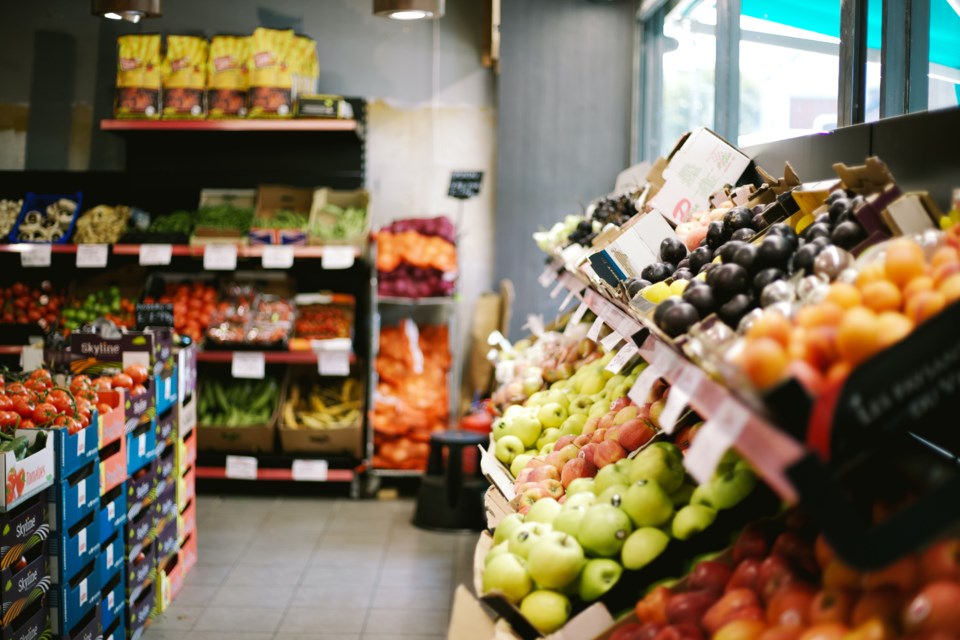Food prices are expected to climb by five to seven per cent next year, which means a Canadian family of four will pay $966 more for groceries than it did in 2021, according to the latest edition of Canada’s Food Price Index.
The annual report is prepared by the University of Guelph, Dalhousie University, the University of British Columbia and the University of Saskatchewan.
The ongoing effects of the pandemic on the food supply chain, along with higher commodity prices, are being blamed for the biggest forecasted increase — both in dollars and per cent — in the report’s 12-year history.
“We are seeing a large increase and we’re seeing an increase across a number of particular food categories,” said Simon Somogyi, a University of Guelph professor and one of the report’s authors.
The price of dairy items is expected to climb six to eight per cent in 2022, while the cost of both vegetable and bakery items is anticipated to jump five to seven per cent.
The price of meat and seafood, on the other hand, isn’t expected to rise significantly, with a zero to two per cent increase forecasted for those categories.
In total, annual grocery expenditures for a typical family of four are expected to jump from $13,801 in 2021 to up to $14,767 in 2022.
Somogyi said those escalating costs have an impact on food security.
“Our wages aren’t going up by five to seven per cent next year to cover that increased cost,” he said. “In 2018, the Global Food Security Index ranked Canada as 18th in the world, now we’re 24th.”
While some of the pandemic-related factors driving escalating food costs this year will likely stabilize in 2023, in general “the days of very cheap food are probably behind us,” Somogyi said.
Interestingly, Canadians actually spend a smaller portion of their income on food today than they did 50 years ago — 10 to 11 per cent today compared to around 25 per cent in the 1970s, said Somogyi.
What’s different is shelter and housing costs have increased dramatically in that time.
“A lot of our housing costs are eating into what we can afford to eat and that’s not good,” he said. “So that’s a long-term strategy to actually get more money into people’s pockets is to make housing and shelter costs lower. Governments haven’t figured that one out yet.
Meanwhile Dominica McPherson, director of the Guelph and Wellington Task Force for Poverty Elimination, said as the cost of food rises, it's "critical" to consider people’s capacity to afford it.
“Inadequate income supports, like low social assistance rates, and low-wage, precarious work are keeping people in poverty,” McPherson said in an email. “No one should be faced with impossible choices like choosing between paying for food, rent or utilities.”
“The solution to food insecurity is income based responses and public policy change, such as a basic income and increased social assistance rates, which provide people with more money to meet their basic needs, including food,” McPherson said.



